Augmentation Mammoplasty
A surgical procedure to increase breast volume by placing breast implants beneath the breast tissue or chest muscle.
Inverted nipples are a relatively common anatomical variation that may occur in both males and females. In some cases, one or both nipples may point inward rather than projecting outward.
Inverted nipples may be congenital (present from birth) or acquired (developing later in life). They can result from structural factors such as shortened milk ducts, fibrous tissue, or other anatomical variations. In some cases, they may also be associated with:
A thorough clinical assessment is essential to determine the cause and severity of nipple inversion and to guide an appropriate treatment plan. During your consultation, the specialist plastic surgeon will typically:
This assessment helps ensure that any recommended treatment is appropriate for your individual circumstances and that you have the information needed to make an informed decision.
Nipple inversion correction, sometimes called inversion repair, is a surgical technique used to address inward-facing nipples by releasing underlying constricting tissue.
The surgical approach for nipple correction is tailored to the individual and developed following a comprehensive assessment by specialist plastic surgeons, Dr Ania Smialkowski (MED0001668109, FRACS) or Dr Henry Shepherd (MED0001860545, FRACS). This assessment considers your anatomy, the degree of nipple inversion, and any associated clinical factors to develop an appropriate treatment plan.
The severity of nipple inversion is often assessed using a three-grade scale to help guide treatment planning:
Recovery experiences vary between individuals and depend on factors such as the surgical technique used, healing capacity, and overall health. The following provides a general overview of what to expect:
As with all surgical procedures, inverted nipple correction carries potential risks, which may include:
Your specialist plastic surgeon will discuss these risks with you in detail during your consultation to support informed decision-making.
Pain levels vary between individuals. Some discomfort or tenderness is common in the days following surgery and can usually be managed with pain relief as recommended by your specialist plastic surgeon.
In some cases, inverted nipple correction surgery may affect the ability to breastfeed. It is important to discuss your breastfeeding plans with your surgeon before the procedure. Efforts are made to preserve milk ducts when possible, but this cannot always be guaranteed.
Several surgical techniques may be used to correct inverted nipples. These typically involve releasing the fibrous tissue that causes the inversion through a small incision. The procedure is generally performed on an outpatient basis. Your surgeon will discuss the approach that is most suitable for your individual circumstances.
A surgical procedure to increase breast volume by placing breast implants beneath the breast tissue or chest muscle.
A surgical procedure to address uneven breast shape or size to restore symmetry and balance.
Also known as a breast lift, Mastopexy is a surgical procedure designed to reposition and reshape the breasts by removing excess skin and adjusting the underlying breast tissue.
Also known as a breast reduction, reduction mammoplasty is a surgical procedure to reshape and reduce the size of the breasts by removing excess tissue.
Risks & Recovery
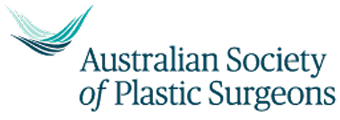
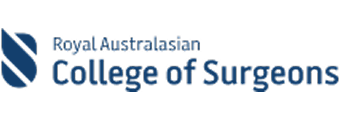
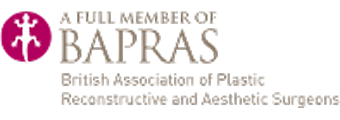

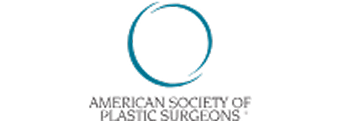
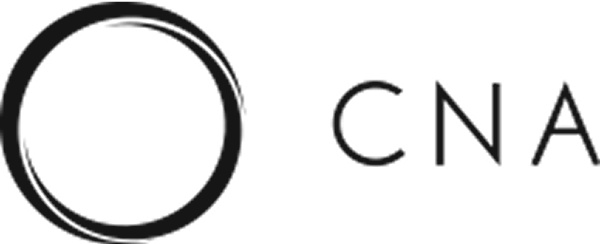
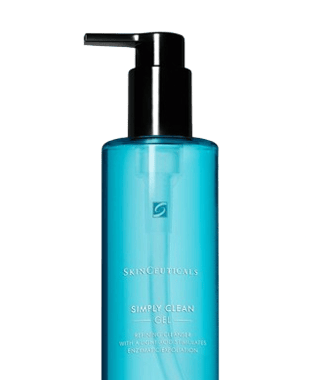

From 1 July 2023, Australian Government regulations require confirmation that visitors accessing content related to medical aesthetic procedures are over 18 years of age.
This website contains information about elective cosmetic and plastic surgery procedures, which are not medically necessary. All information provided is for general educational purposes only and is not a substitute for professional medical advice.
Some procedures may involve the use of prescription-only medicines (Schedule 4 substances), which cannot be advertised to the public. Individual suitability, potential risks and outcomes can only be discussed during a private consultation with a qualified health practitioner.
By selecting enter, you confirm that you are 18 years or older and understand that the content on this site relates to non elective cosmetic procedures.